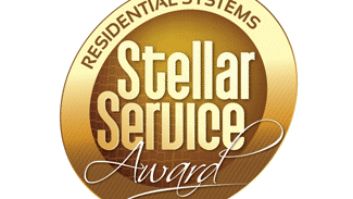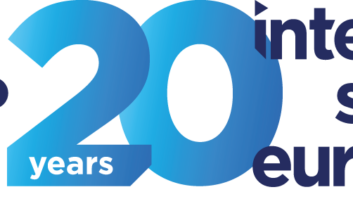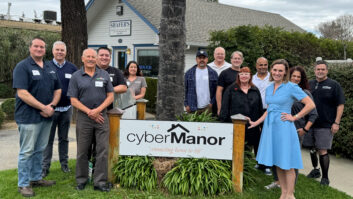
Ira Friedman is the CEO of Bay Audio, a manufacturer of custom speaker solutions. He holds an MBA from the Harvard Business School. Most custom integration company owners say the best way to increase profitability is to focus on product cost. Squeezing an additional two or three points from a vendor drops money right to the bottom line–and two or three points for most CI businesses represents 50 percent of their net income. This is why CI dealers spend time looking for deals, cheaper substitutes, and memberships in buying groups.
Do you think your landscaper is hyperfocused on finding the cheapest mulch? Does your neighborhood pizza restaurant chase end-of-the-month cheese deals?
CI owners focus on cost of goods sold (COGS) because it’s easy. And it seems intuitive. But it’s lazy, and most often it’s the wrong place to focus.
Where are Your Greatest Costs?
Product sales is a big number. It’s typically 70 percent of revenue, which leaves 30 percent for labor sales. COGS is a big number–usually 65 percent of product sales. But shaving money off COGS presents diminishing returns because you can’t easily save more than a couple of points. Shaving money off cost of labor is a different story altogether. There are savings potentials galore–often in the 30 percent range.
Juicy cost savings like that should be your first point of attack because small changes in your process can create large changes in efficiency, which translate to huge profit gains.
Take, for example, McDonald’s and where it focuses cost saving initiatives. The fast-food chain conducts time and motion studies on every aspect of its business, looking for ways to increase worker productivity. This is where the greatest returns rest–in improved performance and, as a result, improved quality.

Most integrators can easily improve worker efficiency by 30 percent. For a million-dollar integrator, reducing COGS by two points throws about $15,000 to the bottom line, but increasing labor efficiency by 2 percent adds $30,000 in profit. And a 2 percent efficiency gain is child’s play. Most integrators can easily improve worker efficiency by 30 percent.
Track Direct Labor
Here’s a simple test. Add up your labor sales for the past year. For a $1M company, it should be about $300,000. Now add up all your available direct labor hours during the year. If you have four billable employees, that’s about 8,300 available hours.
Divide your available hours into your sales. In our case, that gives us $36, which represents the average selling rate per hour of available time. “But wait,” you say, “I bill out at $100 per hour average per man.” Thanks for sharing. Because if you sold $300,000 of labor and you bill at $100 per hour, then you “sold” 3,000 hours for the year even though you had 8,300 hours available to sell. This makes you about 36 percent efficient. In other words, for every 8-hour day your billable employee worked, he billed about 3 hours. The balance? He spent 5 hours doing unbillable work, including driving around, repairing mistakes, troubleshooting, going to Home Depot, eating donuts; you get the idea.
Think Like a ‘Manufacturer’
When your in-house specifier swaps out a product in your proposal for a lower priced (and lower performing) substitute, he violates the No. 1 rule in manufacturing: don’t look for savings by swapping vendors or reducing performance.
Back to Our Integrator
If our integrator were to increase efficiency by a mere 1 hour a day per worker, so each worker could fully bill four hours of his day, the cost savings would be over $40,000 per year, equivalent to an 8 percent drop in COGS. Additional efficiencies bring additional savings.
Focusing on labor efficiency is simply smart business because it’s an area of your company you have complete control over. And the savings come quickly and permanently when done right. Now, this doesn’t preclude you from searching for COGS savings. But find those savings by working closely with your best quality vendors and finding ways to improve their margins, which they can pass along to you.







